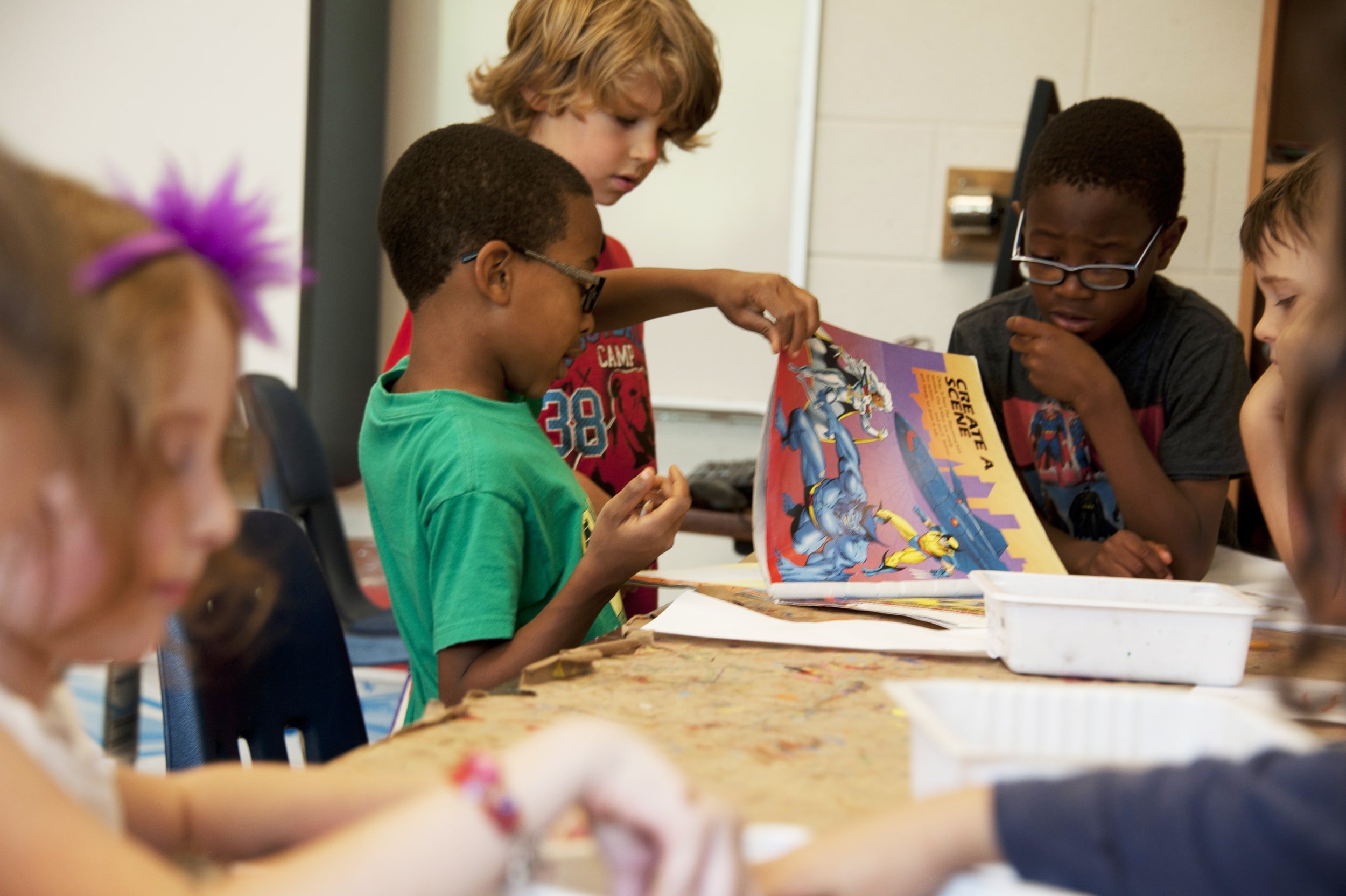
ELA Resources
The Tiger Literacy Toolbox: 7 Pieces of the Reading Puzzle
By: Alicia Meyers, 1st Grade Teacher
January 2022
Sometimes, as adults, we forget how we learned to read.
We only know that we can.
Reading isn’t a skill we pick up and instantly master. There are many pieces to becoming a fluent reader. Think of reading as a puzzle.
In a puzzle, each piece, equally important, brings the full picture to light. If we are missing one piece, we see a gap in that picture. As a school family, our goal is to work together to provide each puzzle piece and empower our Tyler Tigers throughout their reading journey.
The 7 Pieces of the Reading Puzzle:
Puzzle Piece #1: EXCITEMENT
Does your child love reading? Are they drawn to one topic? Do they have a favorite show that has been published as a book? This excitement for reading is essential. Sure, we can encourage children to reach for new books and genres. But, their excitement ignites their love for books. Take a reading survey and build on what your child enjoys. Fun tip: Create a cozy reading nook, hang string lights, dress up as favorite book characters, have fun!
Puzzle Piece #2: CONFIDENCE
Before a child will attempt sounding out words, they need a boost of confidence. In the beginning stages of reading, let them guess, read the wrong words, tell a story. Point them to the pictures and ask if their story makes sense.
Try and work on only one skill each time you read and praise their effort! Use sticker charts and have them work toward an exciting reward!
Puzzle Piece #3: WHAT IS A BOOK?
Hand your child a book. How do they hold it? Is the front cover facing them? Can they identify the title page? Find page numbers? Discuss each part of the book and why it’s important. Practice reading from left to right and sweeping to the next line of words. Have your child show you the difference between a picture, a letter and a word.
Puzzle Piece #4: LETTERS
Letter sounds, letter names, letter writing, OH MY! Letters are integral for our new readers. Spend time daily with your child naming letters and the sounds they make. Point to a word and have them tell you the first letter and last letter. Match uppercase and lowercase letters. Write letters. Use magnet letters, alphabet cereal, alphabet pasta, or letter of the day cookies to practice!
Puzzle Piece #5: PATTERNS & SIGHT WORDS
Pick books that have a repetitive language pattern. Can your child repeat the words on each page? (Ex: I like the dog. I like the cat.) Read the words together with them, or take turns reading each page.
Practice sounding out sight words and putting them to memory. Find them in newspapers, magazines, food menus and signs while driving. Play games like Sight Word BINGO, use Word Highlighters to find the words in a book, make flash cards, write with sidewalk chalk, or find youtube songs to practice words!
Puzzle Piece #6: WORDS & SOUNDS
Letters make a word–and there are a myriad of ways to sound out those words. Practice different strategies!
Sound out the first letter of each word (ex: /d/ as in duck)
Sound out the first and second letter of each word to make a blend (ex: br, sk, tr as in brain, skate, train)
Slide from the first letter to the last letter (ex: said “/s/…/d/”)
Sound out every letter in the word (ex: tent “/t/../e/../n/../t/”)
Chunk sounds together (ex: tr–ee, tree)
Check the picture. Does it match the sound you’re making?
Fun tip: Use reading pointers to keep track of the word your child is solving. Use pop fidget toys to pop each sound in a word.
Puzzle Piece #7: COMPREHENSION & FLUENCY
Comprehension is key: We can read the words, but are we understanding the story? Ask questions, retell the main events and beginning/middle/end of a story. Discuss the main characters: their desires, feelings and motivation. Sequence the story, search for deeper meaning, and use context clues to learn new words and what they mean. Put on a puppet show, make a video about what you learned, or write and respond to a question.
Fluency is reading both smooth and strong. Practice reading the story over and over., reading with expression and paying close attention to punctuation. Read using whisper phones or in silly voices. Have your child record themselves reading on a phone or tablet and listen back.
At Tyler, we help readers feel empowered and link every piece of the puzzle. For more resources, you can contact Ms. Meyers or your child’s teacher.
Let’s make it a great to love, learn AND read at Tyler Elementary!
¡Vamos, tigres!




